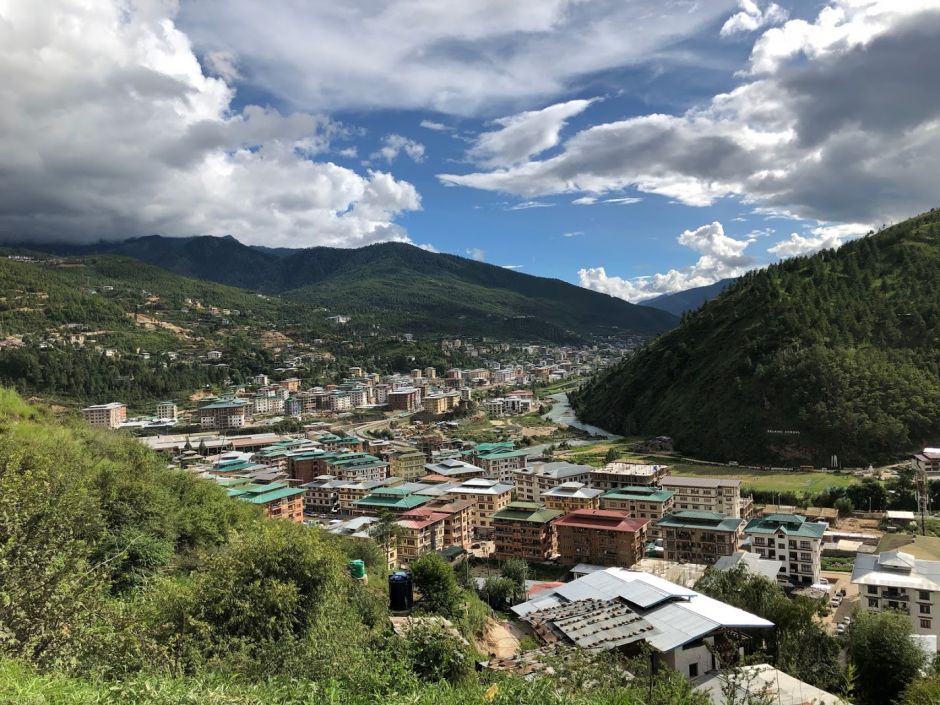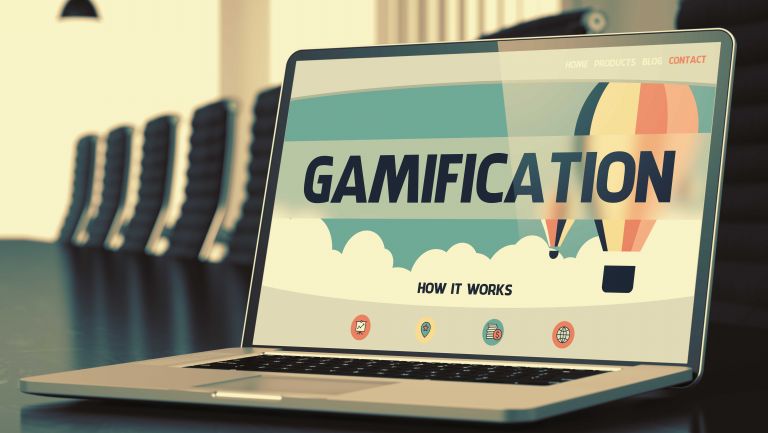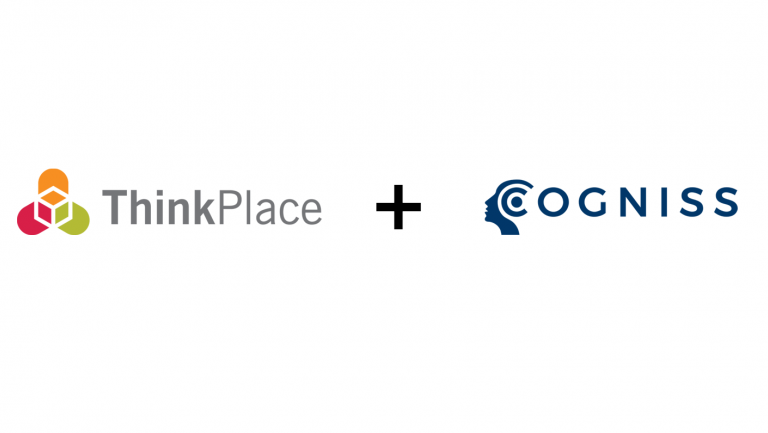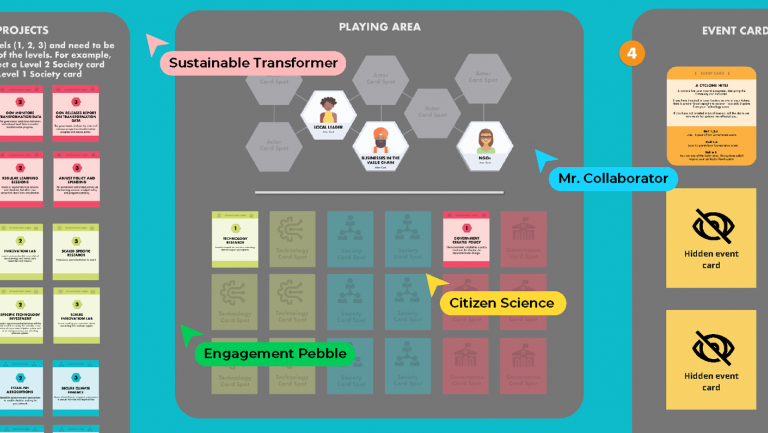Sign up for our monthly newsletter
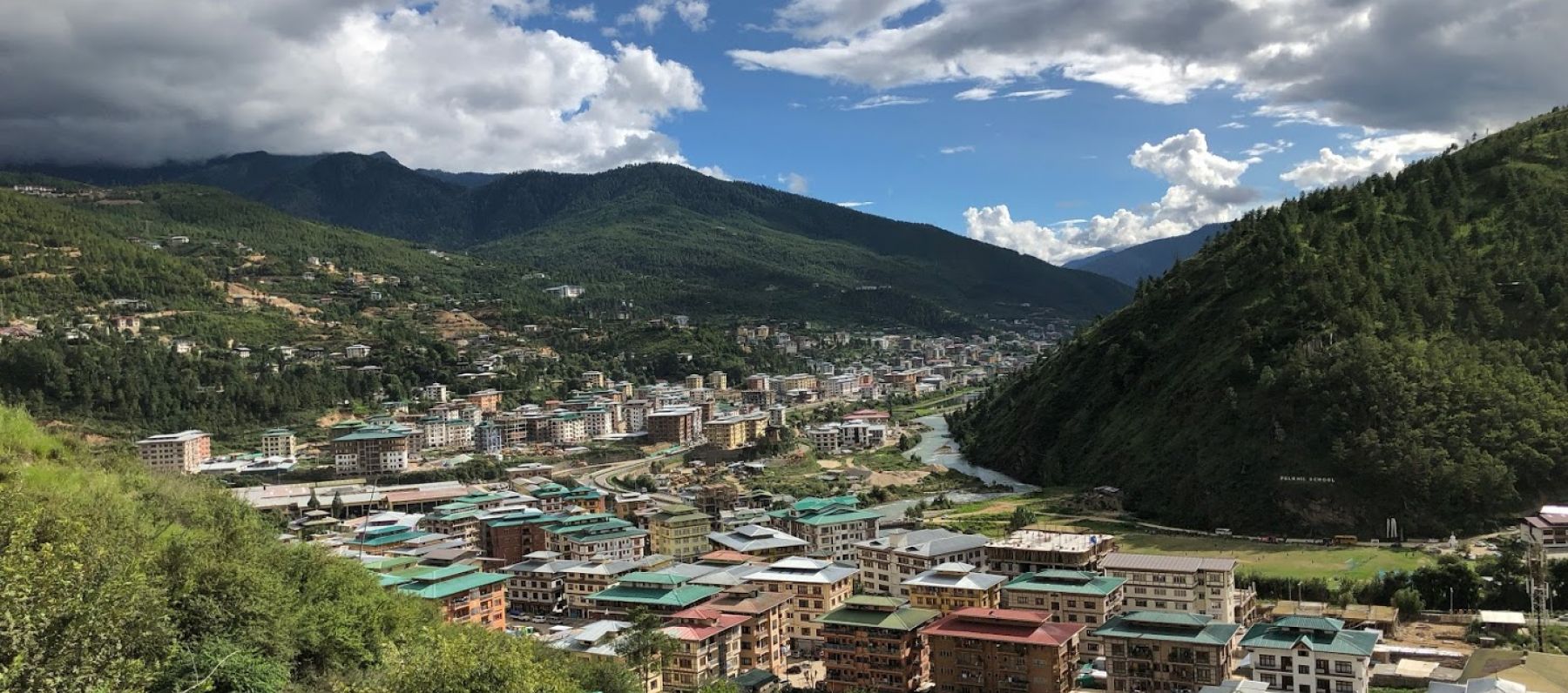
What I learned design thinking in the eastern Himalayas...
One of the most inspiring things about being a ThinkPlace designer is the places your work can take you.
But even more than that, it's exciting to see our design methods make significant impact in parts of the world that might have little previous experience of them.
And so it was we found ourselves recently in the nation of Bhutan, nestled in the eastern Himalayas, helping transform the relatively-young parliament of one of the world’s oldest kingdoms into a digitally-capable institution (Bhutan only transitioned to parliamentary democracy in 2008).
ThinkPlace has worked in Bhutan before. In 2017 we worked with the Bhutanese Parliament, helping them to design an eParliament Strategy.
Recently we were back in the Bhutanese capital Thimphu (that's me in the glasses), beginning to implement parts of this strategy as the nation undertakes an ambitious digital transformation of its highest democratic institution - the Parliament. This initial stage of the project involved designing new processes and infrastructure so that the business of the parliament could become increasingly digitised – greatly reducing the use of paper, better engaging with citizens and improving the quality of informed parliamentary debate.

It’s not hard to see how this can be vitally important work for a parliament that – barely a decade old – is still developing and defining its role and culture.
To assist with this, we’ve been conducting interviews and focus group with parliamentary staff from both the National Council (upper house) and National Assembly (lower house). We’ve been trying to understand how we can help them achieve better outcomes for constituents while reducing paper use.
The focus has been on using digital technology to:
- enhance the capacity of parliament members in communicating with their constituents and in formulating policy.
- enhance the capacity of parliamentary secretariats in providing efficient and effective professional services to parliament members and committees.
- support parliamentarians by providing greater access to research, allowing them to evidence their views and ultimately engage in higher-quality parliamentary debates.
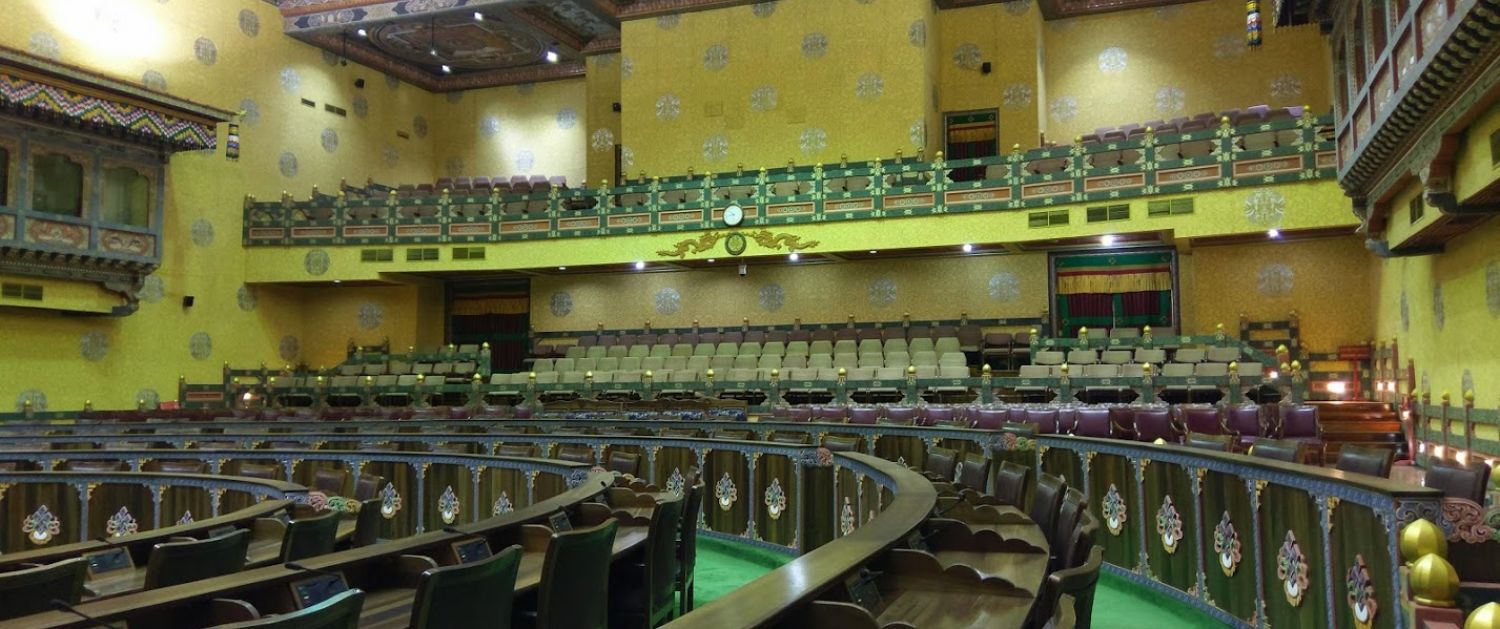
When you are designing with a new group of people in a context that is largely unfamiliar to you there are plenty of challenges. You need to bring an open mindset and to be curious and as informed as you can be about the culture you are lucky enough to be granted entry into.
Bhutan has been an amazing learning curve for me as a designer but also an amazing experience in itself.
People we have spoken to are responding really strongly to our methods. Bhutan really is a trust-based culture. On global indexes, it typically scores high for peace and for economic freedom while scoring low for corruption. There are no traffic lights, but traffic seems to flow successfully. Everyone acts almost like they are all part of a big family.
After all, this is the country that gifted to the world the notion of Gross National Happiness as a measurable index and a principle designed to guide the whole of government.
Perhaps it’s not surprising, then, that the Australian sense of humour goes over well here. We’ve shared jokes with different people – from assistant research officers and all the way to the Secretary Generals of both the National Council and National Assembly.
People are definitely responding to our methods. In fact, there’s an openness to trying new ways of doing things that many organisations in Australia could learn from.
Everyone we have spoken to, across the different levels of government has stressed how important it is to have a person-centred focus, which is great to see.
We’re using a mix of user research, prototyping and testing to find out what will work well for members of parliament and their Secretariat staff and what can be realistically supported by the Parliament’s IT team and the parliament’s current (and future) infrastructure.
I admit I was a little nervous on the first day I was going to Parliament – I didn’t really know what to expect. It’s a big thing to be invited into a nation’s legislature to help them improve some of their digital capability. We wanted to be respectful.

Our first meeting was a big one: with the Secretary General. It turns out he had studied at University of Canberra and was really switched on to what we were doing.
People keep wanting to take photos of us and interest in our work and our methods has been huge. For those who have spent time in Australia’s Parliament House, the feel is definitely different.
The whole parliament feels like a community – not a workplace. There are levels of seniority, but everyone interacts in a very kind and candid way – it’s really pleasant to see humanness all around here.
One day we were entering the Parliament’s café when we met the Minister of Foreign Affairs and a woman who will run for Prime Minister. They came over, shook our hands and introduced themselves.
At ThinkPlace we take pride in the fact that every project we take on will ‘move the needle’ in some way on one of the United Nations’ Sustainable Development Goals. Our work in Bhutan aligns strongly with goal number 16 – promoting Peace, Justice and Strong Institutions. It has been a pleasure bringing our way of working to such an open and receptive place.
